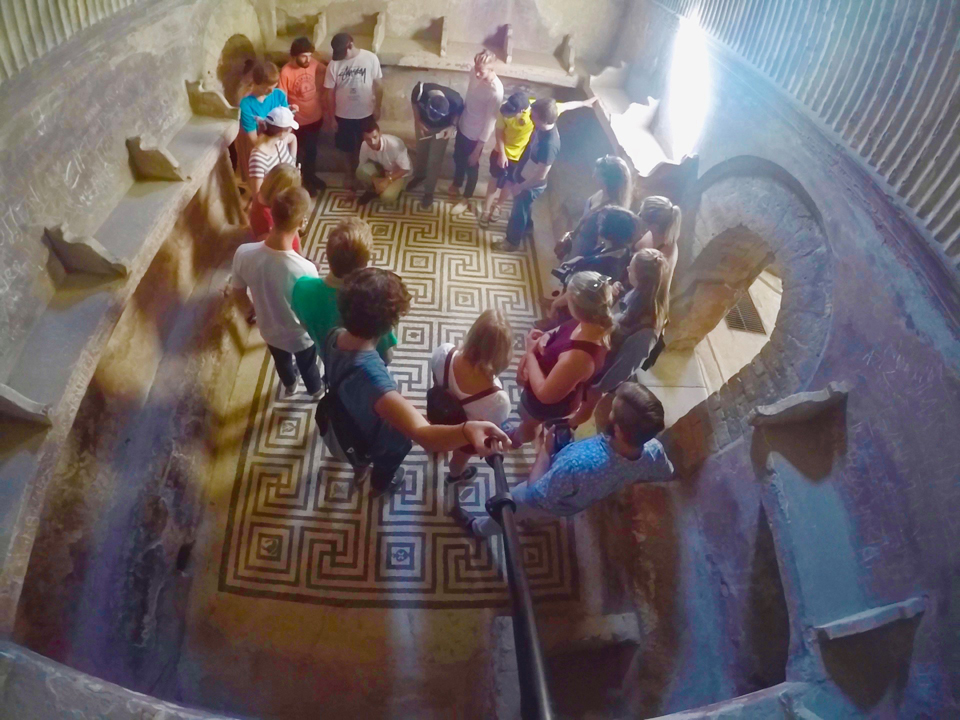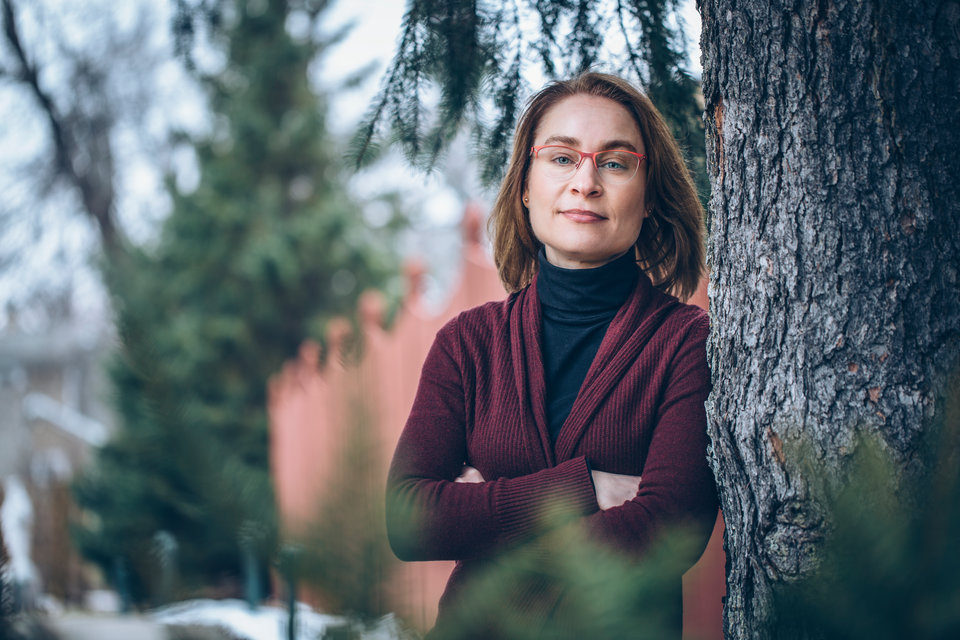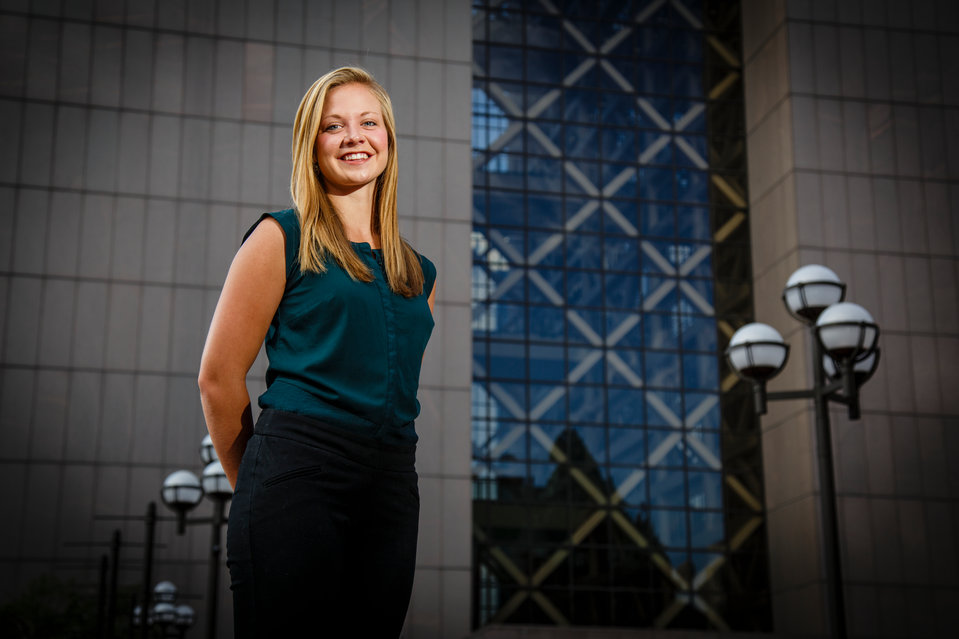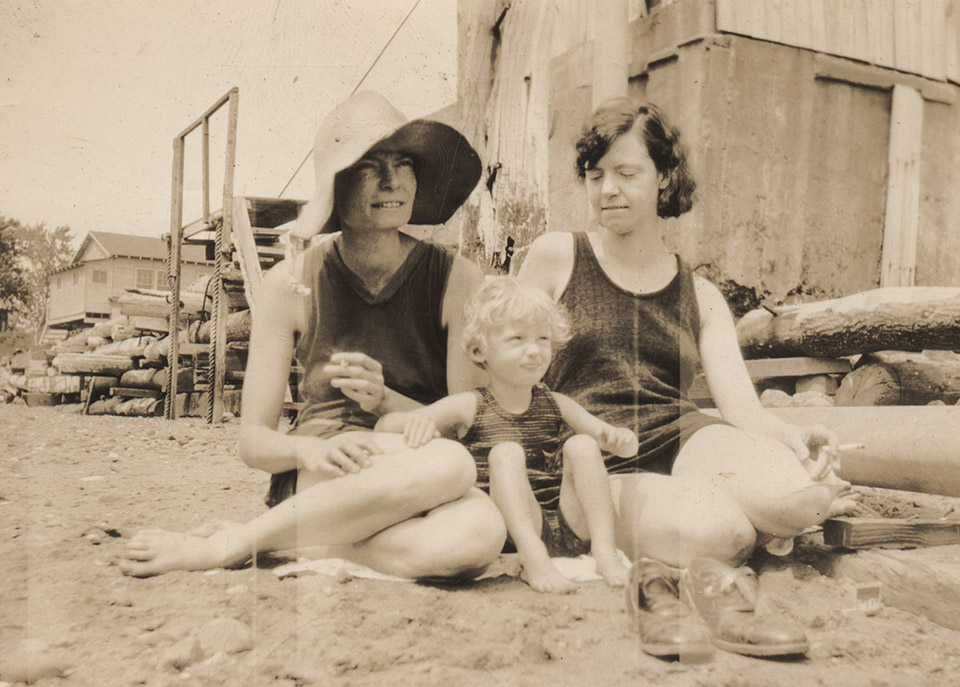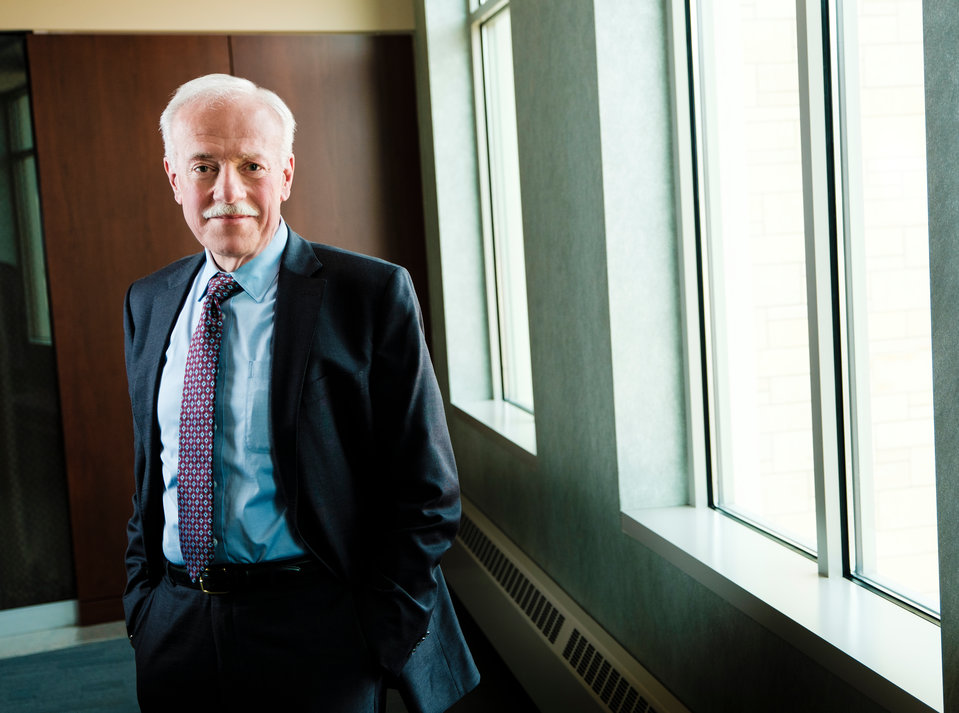My mother, a Mexican immigrant to America, often shared with me her love for her home country. Growing up, we would spend a month in Mexico with our relatives. When I compared those visits to the trips I’d taken abroad as a tourist, I realized that I just scratched the surface of any given culture when I saw only the highlights. A person’s understanding of a culture’s nuances deepens only after she has stepped off the tourist-trodden paths to live and interact with locals in the midst of their everyday lives, perhaps grocery shopping, or simply talking.
Living in another culture fostered my curiosity about the world and often changed my perspective. It eventually led me to apply to be the inaugural academic director of the Rome CORE Semester so I could foster and share these experiences of discovery with my students. This was a brand new program at our Bernardi Campus in fall 2016, one that used Rome and Italy as an extended classroom for several core curriculum classes taught on the St. Thomas campus. Read on for a peak into the academic adventure of a lifetime for the 2016 Rome CORE students.
Academics
The CORE Semester offered six courses – ARTH 310 (Roman Art and Archaeology), ECON 251 (Principles of Macroeconomics), ENGL 203 (Thematic and Intercultural Perspectives), HIST 112 (History of the Modern World since 1550), PHIL 214 (Introductory Ethics) and THEO 250 (Global Christianity) – meeting a wide variety of core requirements which enabled students to stay on track with their degree requirements while studying abroad. Site visits were incorporated into every course, which made the city of Rome an extended classroom. Because Rome contains 50 UNESCO World Heritage Sites – the most of any country – students visited the Colosseum, the Forum and numerous other Roman historical sites for their art history and history classes. For economics, students learned about the European Central Bank and monetary policy firsthand from a research economist at the Banca d’Italia. Living abroad gave students a stronger appreciation and understanding of exchange rates and international trade as it directly affected their daily lives. English students read travel journals of authors who came to Rome in the 1800s. They used class time to visit places they read about in those books and discussed the literature while viewing the same spots. There are few cities in the world as ideal as Rome to study global Christianity with two millennia of sites. Students also enrolled in a two-credit course of basic Italian to help them engage with Romans.
Classes were held Monday through Thursday. Fridays were for exploring. On six Fridays, all students made extended excursions, one for each of the CORE courses. The longer excursions allowed faculty for more in-depth visits or travel to sites not reachable during class time. Because liberal arts learning is an essential component of the University St. Thomas curriculum, all students, regardless of courses registered, went on each of these visits.
A second faculty member, Father Steve McMichael, a Franciscan priest, gave students a tour of the Basilica of St. Francis of Assisi and led an overnight excursion to Florence. Hayden Hanlon ’19 thought it surreal to take a two-hour bus ride and see with his own eyes the very things they talked about in class. “St. Thomas did a great job with incorporating the material we are learning in class and then to be able to take us to these sights is an educational experience not many get to take part in,” he said.
For the economics class, I took the students to visit Gestore Servizi Energetici (GSE) to learn how Italians conduct business. GSE promotes sustainable development through the management of incentives for renewable energy and energy efficiency. Francesco Sperandini, chairman and managing director of GSE, personally created a program specially designed with our students in mind. GSE staff gave 10 mini-presentations on their sustainability efforts, economic forecasts, managing risk, and work-life policies such as family leave. Students of every major found something of benefit related to their course of study. The day concluded with a “Meeting the Management: Network Luncheon.” Lydia Wrobel ’18, a business minor, found the differences in their business tactics intriguing, as well as the way the culture played a part in their projects.
Living in Rome
The students were continuously in awe that they lived in such an amazing place. They spent their lunch hour between classes visiting the Pantheon, for example, or simply sitting in a café. On their walk home from school, no matter what route they took, they encountered beautiful architecture and something of historical significance.
Hanlon found the Romans to be friendly and always happy to help. “I will miss many of the Roman social customs where community support is strongly valued,” he said. “Romans always acknowledge each other’s presence with a greeting, even those you are just passing by on the street. People would motion to you to come up front of the grocery line if you were only purchasing one item; this would occur even on a packed Saturday morning when you are sure everyone wanted to get back to their family. There is a “caffè sospeso” custom where you leave a paid coffee at the bar for whoever comes next and needs one. Imagine studying abroad in a city where small acts of kindness are prevalent.”
Volunteering
Another integral part of the CORE program was weekly volunteer work to help the homeless. This was particularly fitting, given that the first day of the fall semester was the same day that the Catholic Church canonized Mother Teresa, who was universally admired for her many charitable works. This experience exposed students to the pulse of Rome, away from the tourist attractions, where many people are in need. This component of the program directly links to Catholic Social Teaching and offered students the opportunity to experience how they can make a difference in the lives of others as we educate them to advance the common good.
One student met a young refugee woman his own age while distributing food Sant’Eustachio to those who needed it. She knew English but not Italian. He was moved that someone his age and so well educated could be in need. The experience showed him that sometimes need knows no boundaries and that an international crisis in one place, such as the Near East, affects people far beyond its epicenter.
I volunteered with some students who accompanied members of the Sant’Egidio community on Thursday nights to distribute food and blankets to the homeless directly where they lived. We often would take a moment to get to know the people we served. Through conversations translated by Sant’Egidio members, the students learned that some of the homeless were avid readers of books and keenly aware of world politics (including the U.S. election). One often does not have the opportunity to visit where the homeless “live” and witness their individual stories. After delivering food in a downpour one night, it was not lost on us that while we would return home to dry off, the homeless would remain outdoors.
Life at Bernardi
The people at Bernardi become your family. You get to know each other by taking the same classes and experiencing this amazing adventure together. You learn how to cook and experiment with new recipes, bonding with other Bernardinites over meals.
We offered the students many extracurricular activities on non-class days. We biked along the Appian Way, made mosaics after seeing masterpieces throughout Rome, took a tour of a vineyard, attended our first opera and soaked up the electrifying atmosphere at a soccer match between rival Italian teams. During the week after completing their homework, students often listened to free concerts on the Piazza del Popolo. On weekends, they were free to explore on their own, even hop on a train to Venice to see more of Italy.
Once a week, we had an evening cultural hour to discuss a topic in detail followed by a community dinner. Guest speakers presented on international communication and on the Italian government, which provided students context for the December Italian referendum to change the constitution. I provided lectures on homelessness, poverty and the Syrian Refugee crisis and how it impacts Italy. We also invited Italian students from Sapienza Università di Roma to visit Bernardi so the students could exchange experiences. Sophia Petrangelo ’19 was surprised by some of the differences between Italian and American students, such as their relationships with their professors (much less personal) and that most Italian college students still lived at home rather than in dorms.
Finally, the biggest asset we have on the Bernardi campus is Thanos Zyngas, our Rome campus director. He serves as a cultural bridge between the university’s faculty and students and the city of Rome. His eight years of working in Residence Life in St. Paul gave him a strong understanding of our students, and his extensive knowledge of Italy allows him to help students and faculty acclimate to Roman culture and fully enjoy the beauty of the Eternal City. He is also a great resource for parents, helping to navigate the process of getting their sons and daughters to Rome, and possibly to plan a visit themselves.
Highly recommended
Autumn Nyenhuis ’18 summed up the CORE program best: “I would definitely recommend [it] to other students. [It] encompasses the goal of a liberal arts curriculum by producing well-rounded students who have left their comfort zones behind while studying the CORE requirements. According to the ancient Romans, Rome is the center of the world, making it an obvious choice to take advantage of classes that are required anyway. There is so much to explore within Italy, let alone Europe, and the CORE program gives you easy access to all the history, culture and beauty.”
Now, wouldn’t you want to sign up for this adventure and join our Bernardi family?
